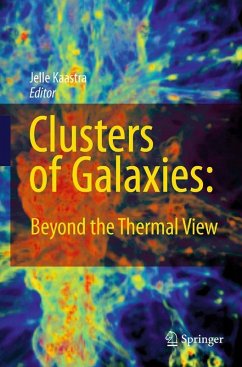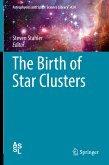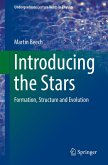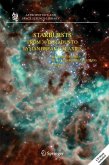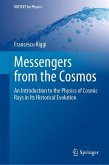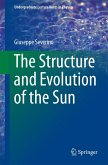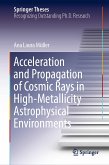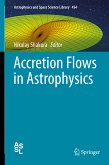Clusters of galaxies are the largest structures in the Universe. Most of the visible matter is in the form of hot gas permeating the volume of the cluster. The bulk of this gas is in thermal equilibrium in the dark matter-dominated potential. This book discusses all aspects of cluster physics beyond this thermal view. It covers topics such as the warm-hot intergalactic medium outside the clusters, non-thermal radiation components, shocks, equilibration processes and the chemical evolution of these structures. The topics are covered from an observational, theoretical and numerical point of view.
This volume provides a useful reference for astronomers and graduate students, in particular for those who are working in high-energy astrophysics and extra-galactic astronomy.
Dieser Download kann aus rechtlichen Gründen nur mit Rechnungsadresse in A, B, BG, CY, CZ, D, DK, EW, E, FIN, F, GR, HR, H, IRL, I, LT, L, LR, M, NL, PL, P, R, S, SLO, SK ausgeliefert werden.

